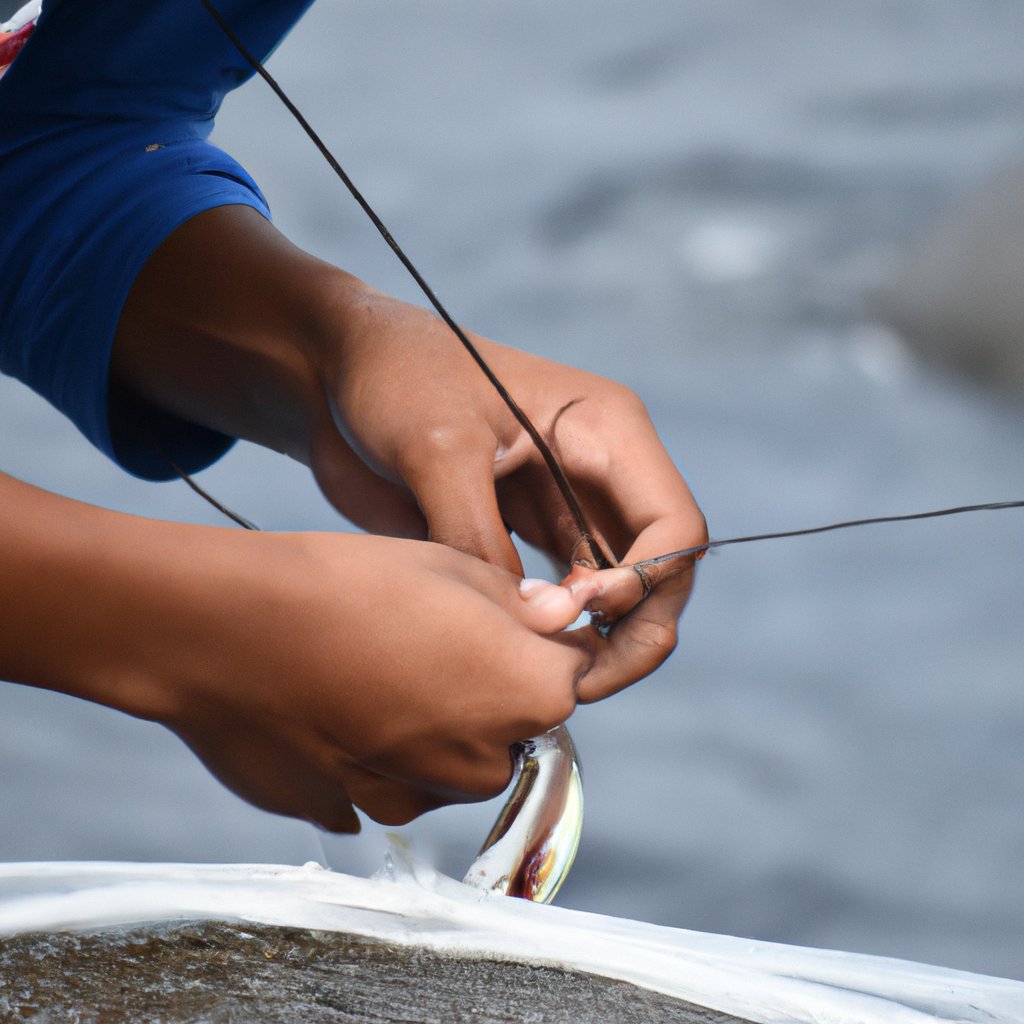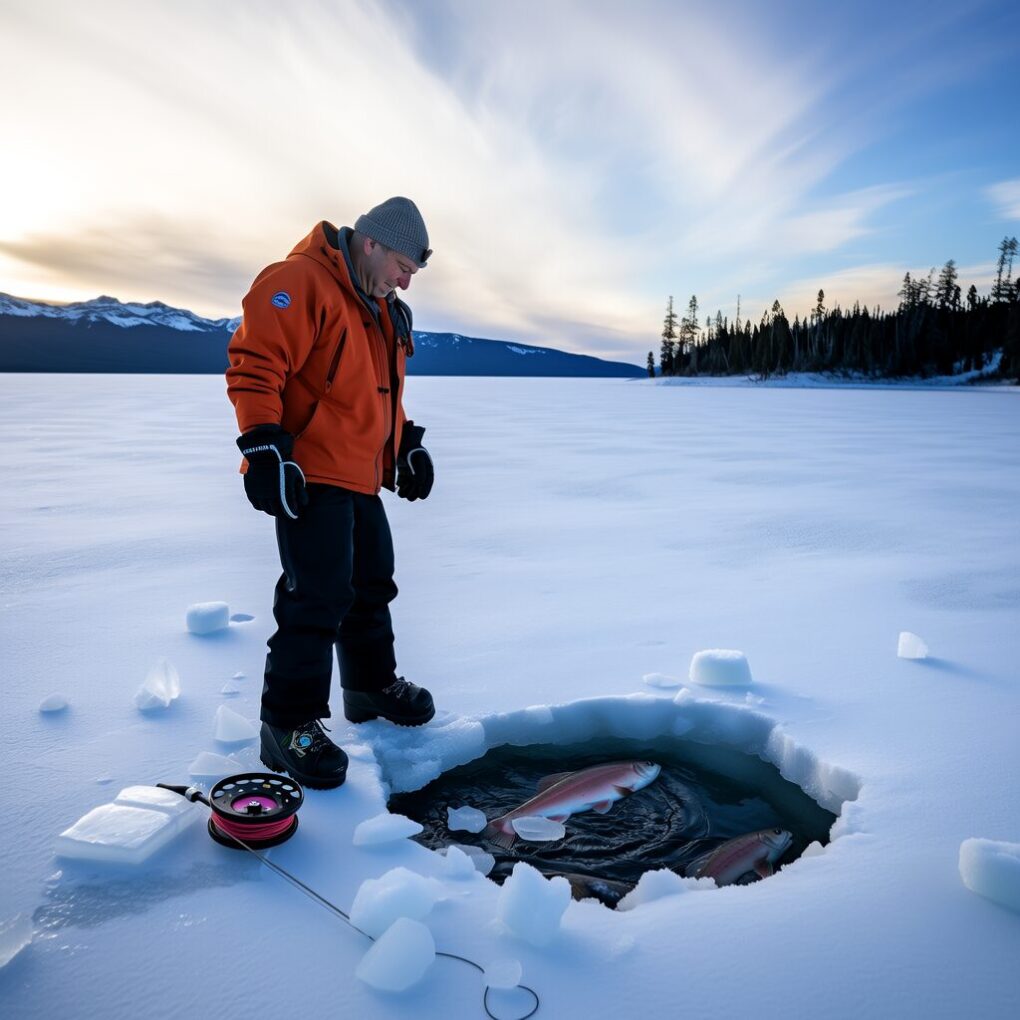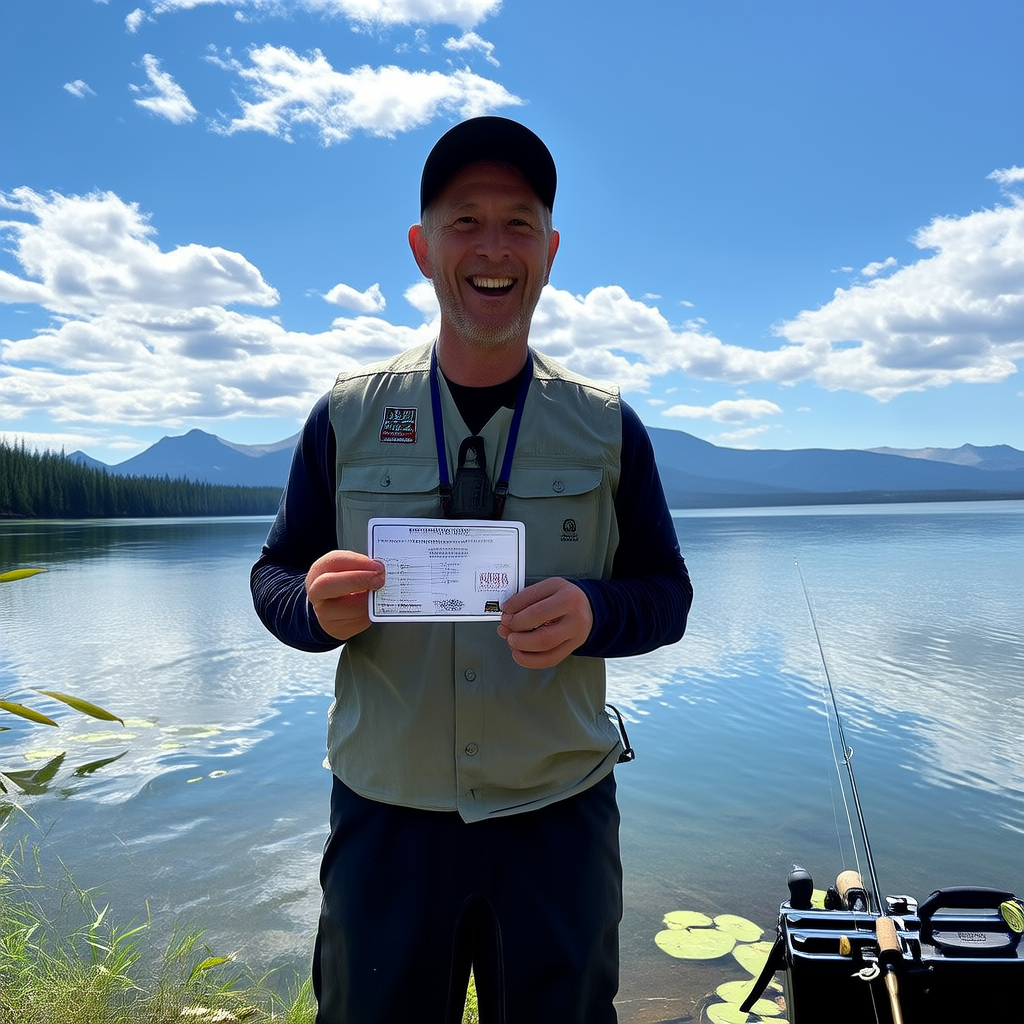Are you an avid fisherman? You want to maximize the chances of a successful trip? The best time to go fishing today can have a significant impact on your catch. This article will explain the factors that affect fish behavior during the day, and how to determine the best time to fish.
Factors that affect fish behavior
There are many factors that can influence fish activity, feeding patterns and the best time to go fishing. Understanding these factors can help you plan more effectively your fishing trips:
1. Water Temperature
The temperature of the water is a major factor in determining the behavior of fish. Different fish species have different temperature preferences. Some fish are more active and hungry in warmer temperatures, while others are more active in cooler temperatures.
2. Light Conditions
Fish behavior can be greatly affected by light conditions such as sunrise and sunset. Understanding how fish react to light can help you predict the activity levels of fish at different times during the day.
3. Weather Patterns
Fish activity can be affected by weather patterns such as wind, rain and air pressure. Some fish species are more active just before a weather system, while others prefer stable conditions. You can improve your knowledge of the best times to fish by monitoring weather forecasts.
4. Tides and Moon Phases
The tides and phases of the moon have a major impact on fish feeding behaviour, especially when targeting certain species such as saltwater fish. You should plan your fishing trip accordingly. Certain species feed more during certain tide and moon phases.
5. Seasonal Patterns
Fish behavior can be affected by seasonal changes. Fish may become more selective and less active during colder months. During spawning season, fish can be more aggressive, and will strike at lures or bait.
How to determine the best time to fish
Let’s talk about how to determine when to fish now that we know the factors that influence fish behavior:
1. Research Your Target Species
Each fish species has its own characteristics and preferences. Research the feeding and behavior patterns of your target species before you go fishing. This information will help plan your fishing trip better.
2. Consult local fishing reports
Anglers can benefit from local fishing reports. These reports contain the latest information on fish behavior, catches and the best time to fish in certain areas. Keep up to date with local fishing reports in order to increase your chances of catching fish.
3. Monitor Water Temperature
As we have already mentioned, water temperature can affect fish behavior. Check the water temperature in your fishing area using a thermometer. These data will allow you to determine when the fish are most active.
4. Consider the Moon Phase
Many anglers think that the phases of the moon can influence fish feeding behavior. A full moon or specific phases of the moon may increase fish activity. Plan your fishing trips according to the phase of the moon.
5. Observe fish feeding patterns
Pay attention to any signs that fish are active while fishing. Observe whether fish are actively jumping, feeding, or splashing. These behaviors can indicate a good time for fishing and presenting your lures or bait.
6. Experimentation with Different Times
Everyone has different fishing experiences and preferences. If you can, try fishing at different times of the day. Note when you are most successful. This will help you determine the best time of day to fish, based on local conditions and your target species.
Conclusion
The best time to fish is crucial to your fishing success. Consider factors like water temperature, light conditions and weather patterns. Also, consider seasonal patterns, moon phases, tides and seasonal patterns. Research your target species. Consult local fishing reports. Monitor water temperature. Consider the moon phase. Observe fish feeding patterns. Experiment with different times. Following these guidelines will help you maximize your fishing experience, and increase your chances of landing a catch.




